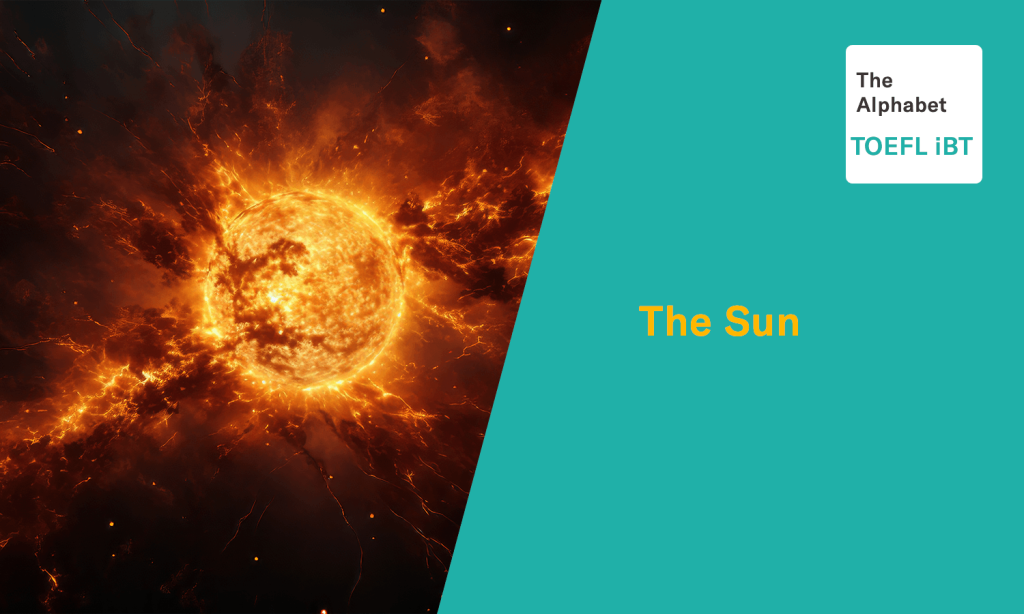One of the most profound mysteries in modern physics is the nature of dark matter, an elusive substance that comprises the majority of the universe’s mass. Recent advancements from the LUX-ZEPLIN (LZ) experiment, the world’s most sensitive dark matter detector, have provided crucial insights into this enigma. Specifically, the experiment has focused on a prominent dark matter candidate known as weakly interacting massive particles (WIMPs).
The LUX-ZEPLIN experiment, overseen by the U.S. Department of Energy’s Lawrence Berkeley National Laboratory, is conducted nearly a mile underground in the Sanford Underground Research Facility in South Dakota. This subterranean location allows the experiment to minimize interference from cosmic rays. LZ’s latest results represent a significant step forward, exploring interactions between dark matter and ordinary matter at levels previously unattainable. This has enabled scientists to further constrain the properties of WIMPs, which are hypothesized to interact only weakly with normal matter.
According to Chamkaur Ghag, a spokesperson for the LZ experiment and a professor at University College London, the new findings represent a significant milestone in the search for dark matter. Ghag noted that the LZ detector and its analytical techniques are performing beyond expectations. He emphasized that if WIMPs existed within the explored energy range, the experiment would have been able to detect them. The sensitivity of the LZ detector is such that it can probe even lower energy levels as the experiment continues.
The recent analysis by the LZ team revealed no evidence of WIMPs with a mass exceeding 9 gigaelectronvolts per c² (GeV/c²). For context, a proton’s mass is slightly less than 1 GeV/c². The ability of the LZ experiment to detect such faint interactions allows researchers to rule out numerous WIMP models that do not match the data. This leaves fewer theoretical possibilities for where WIMPs might be found. These important findings were presented at two physics conferences in August 2024, and a detailed scientific paper is expected soon.
The data analyzed in this study includes 280 days of observations, with 220 days collected between March 2023 and April 2024, in addition to 60 days from LZ’s initial data collection period. The experiment is planned to continue until 2028, with the goal of collecting 1,000 days of data in total.
The LZ detector’s remarkable sensitivity is attributed to its innovative design, which minimizes background noise—signals that could be mistaken for dark matter interactions. The detector was constructed with thousands of ultra-clean, low-radiation components to reduce interference from natural radiation. Additionally, the LZ detector employs a multi-layered design, similar to an onion, with each layer serving a specific purpose in blocking or identifying false signals. Advanced analytical techniques are also used to filter out background noise, particularly from radon, a common source of interference.
In this latest phase of the experiment, the LZ team employed a technique called “salting,” which involves introducing artificial WIMP signals into the data. This method ensures that researchers avoid bias during the analysis, as they are unaware of the real signals until the final stage, known as “unsalting.” This helps to prevent any premature conclusions or misinterpretations.
As explained by Scott Haselschwardt, the LZ physics coordinator, the experiment is now entering uncharted territory in the search for dark matter. Haselschwardt stressed the importance of maintaining objectivity and avoiding bias, especially when exploring new and unexplored regions of data. He emphasized that any potential discovery of dark matter must be verified with the highest level of accuracy.
Dark matter, so named because it does not emit, reflect, or absorb light, is believed to make up approximately 85% of the universe’s mass. However, it has never been directly detected, and its existence is inferred from its gravitational effects on visible matter, such as stars and galaxies.
The LZ experiment uses 10 tonnes of liquid xenon to create a dense medium where dark matter particles, such as WIMPs, might interact. Scientists hope that a WIMP will collide with a xenon nucleus, causing it to recoil, similar to how a cue ball strikes another ball in a game of pool. By detecting the light and electrons produced during these interactions, the LZ detector can capture potential WIMP signals alongside other types of data.
Amy Cottle, who leads the WIMP search effort, highlighted the experiment’s potential beyond just detecting WIMPs. She noted that the LZ detector could also be used to investigate other rare physical processes, such as the decay of xenon atoms, as well as other phenomena that go beyond the Standard Model of particle physics.
The LZ collaboration consists of approximately 250 scientists and engineers from 38 institutions in the United States, United Kingdom, Portugal, Switzerland, South Korea, and Australia. Much of the work is carried out by early-career researchers. The team is already looking ahead to analyzing the next set of data and is considering potential upgrades to the detector. Furthermore, plans are being developed for a next-generation dark matter detector called XLZD.
According to Scott Kravitz, LZ’s deputy physics coordinator, the rate at which the ability to search for dark matter is improving exceeds even Moore’s Law, which describes the exponential growth of computing power. Kravitz suggested that the most exciting discoveries are yet to come, as the search for dark matter continues to advance at a rapid pace.




